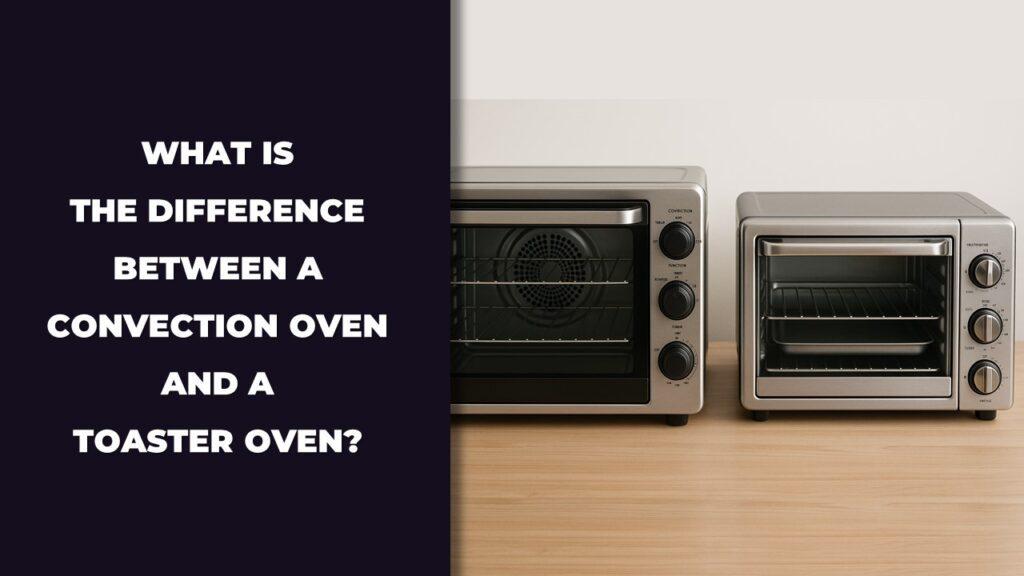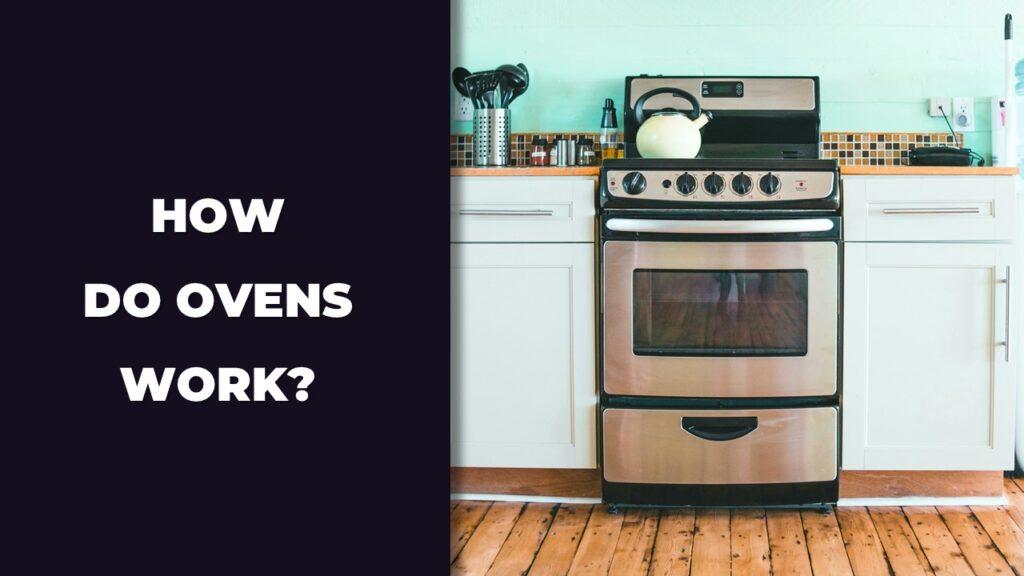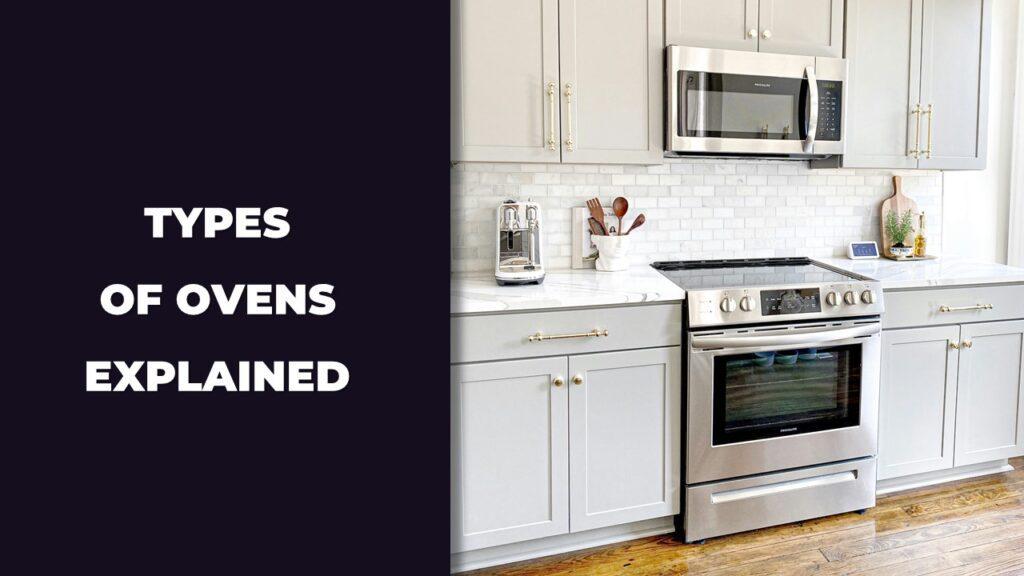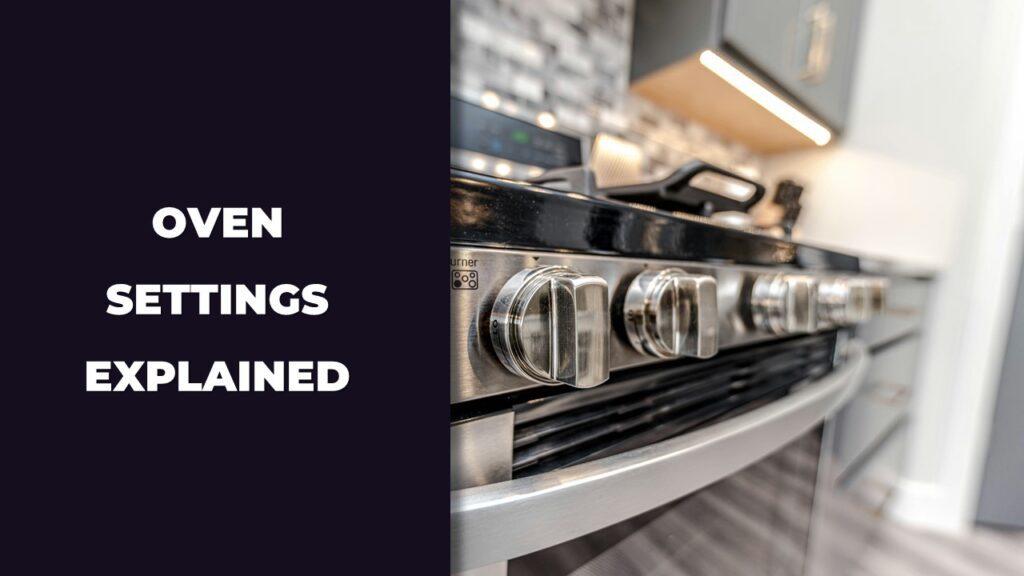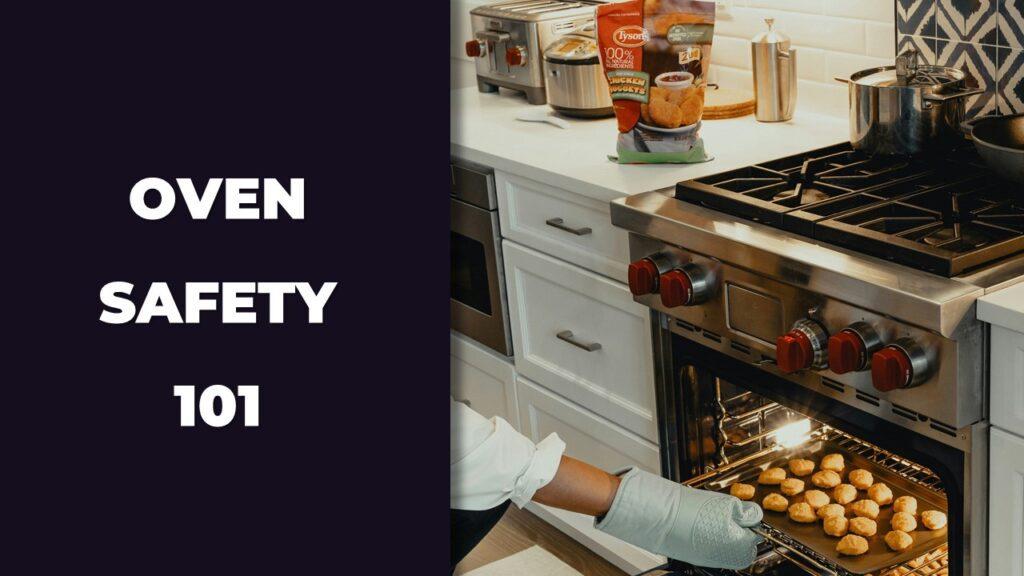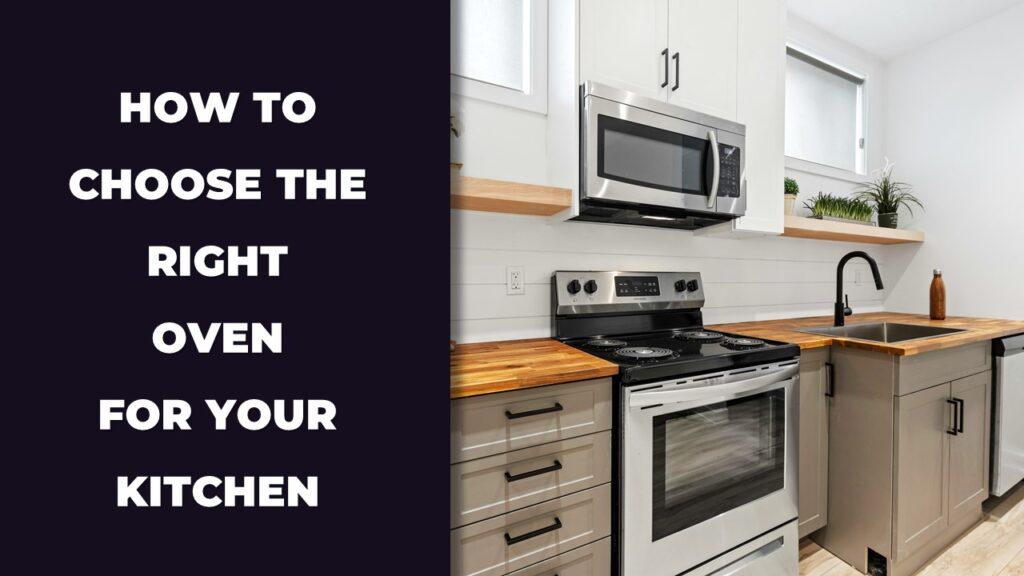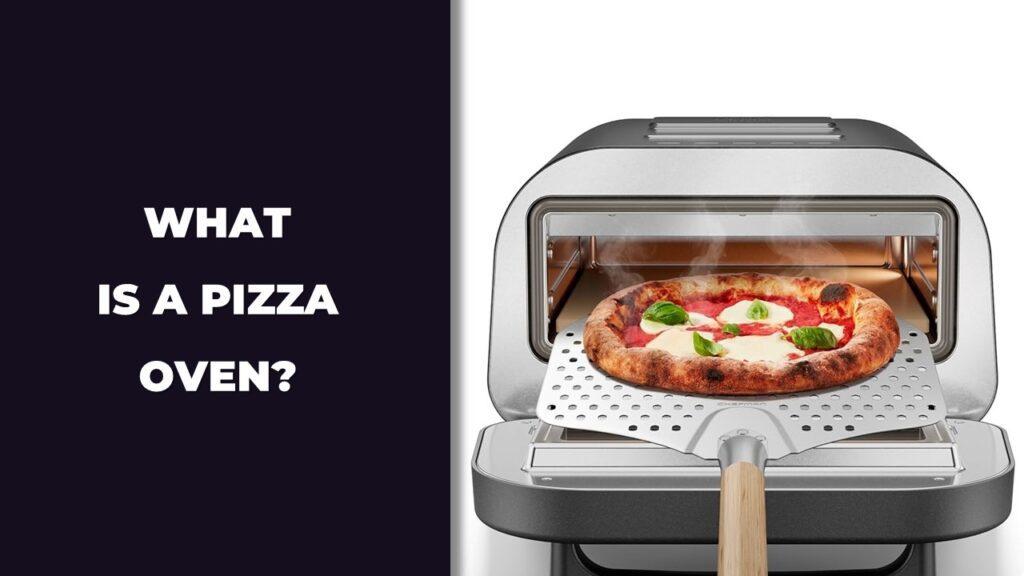
A pizza oven is a special type of oven built to cook pizza fast and at very high heat, usually between 600 and 900 degrees Fahrenheit. It uses thick walls, often made of stone or brick, to trap and hold heat, while its rounded shape helps spread that heat evenly. This combination gives you a crispy crust, bubbly cheese, and that fresh-from-the-fire flavor in just a few minutes.
In this article, we’ll talk about how pizza ovens work, the different types you can buy, and whether one might be a good fit for your home. Whether you’re thinking about adding one to your backyard or just curious how they cook so fast, you’re in the right place.
What Makes a Pizza Oven Different From a Regular Oven?
A pizza oven cooks hotter, faster, and more evenly than a regular oven. It’s made with thick materials that trap heat and has a dome shape that spreads heat all around. This setup gives you that crispy crust and melty cheese in just a few minutes.
While regular ovens max out at around 450 to 500 degrees Fahrenheit, pizza ovens reach 700 to 900 degrees. That high heat cooks pizzas in as little as 90 seconds, keeping the crust chewy and the toppings just right.
Pizza ovens also use a mix of radiant heat, direct contact from the hot surface, and natural airflow. Regular ovens rely mostly on convection, which can lead to uneven cooking, especially when baking more than one item at a time.
The dome shape of a pizza oven holds in heat better than a standard oven box. Regular ovens lose heat each time you open the door, while pizza ovens stay hot and steady for longer cooking sessions.
Here’s a quick comparison table to highlight the key differences between a pizza oven and a regular oven:
| Feature | Pizza Oven | Regular Oven |
| Max Temperature | 700–900°F | 450–500°F |
| Cooking Time | 90 seconds to 5 minutes | 10–20 minutes |
| Heat Source | Wood, gas, or electric with heat-retaining materials | Electric or gas, less thermal mass |
| Heat Retention | Excellent, holds heat for hours | Moderate, loses heat when door opens |
| Heat Distribution | Radiant, conduction, and natural convection | Mostly convection |
| Oven Shape | Dome or tunnel for even heating | Box-shaped, less efficient heat flow |
| Best For | Pizza, flatbreads, roasted veggies | Baking, casseroles, general cooking |
How Does a Pizza Oven Work?
A pizza oven works by combining high heat, special materials that hold that heat, and a unique shape that spreads it evenly. This combination allows the pizza to cook quickly from all sides at once, giving it a crispy bottom, soft center, and perfectly melted toppings in just a few minutes.
The secret isn’t just the temperature. It’s also how the heat moves and stays inside. A pizza oven uses three types of heat working together, along with insulation that helps it hold temperature for hours. That’s why even after the fire dies down, the oven stays hot enough to cook more than one pizza.
Let’s take a closer look at how all these elements work together.
The Three Types Of Heat Used
A pizza oven cooks food evenly and quickly by using three types of heat at the same time: conduction, convection, and radiant heat. Each plays a unique role in making sure your pizza is crispy, cooked through, and full of flavor.
- Conduction: Heat travels from the hot oven floor directly into the pizza crust. The stone or metal base gets extremely hot, which helps crisp the bottom without burning it.
- Convection: Heated air naturally moves in circles inside the dome, cooking the pizza from all sides. This airflow helps melt cheese and bake toppings evenly.
- Radiant Heat: The dome and walls absorb heat and slowly release it back into the cooking space. This gentle heat cooks the top and edges without drying them out.
Together, these heating methods turn out pizzas that are crispy underneath, soft in the middle, and perfectly browned on top.
Heat Retention & Insulation Explained
Pizza ovens are built with thick materials like firebrick, clay, or refractory cement. These materials soak up heat and release it slowly, keeping the cooking space hot long after the flame is out. This is key to cooking multiple pizzas in a row without reheating every time.
The dome shape also plays a role here. It traps the hot air inside, creating a natural heat loop. Unlike regular ovens that cool quickly when you open the door, pizza ovens stay hot because the heat is sealed in and the structure doesn’t lose temperature easily.
That heat retention saves time, fuel, and effort. Whether you’re using wood, gas, or electric, the oven holds its heat well, making it perfect for fast, high-quality cooking session after session.
Types Of Pizza Ovens (With Pros And Cons)
Pizza ovens come in different types, each using its own heat source and cooking style. The most common types are wood-fired, gas, electric, countertop, and commercial models. Each option offers different benefits, cooking performance, and maintenance needs. The best pizza oven for you depends on how often you cook, where you plan to use it, and the kind of flavor or speed you’re looking for.
Below, we break down the main types of pizza ovens with their pros and cons, so you can choose the right one based on your needs.
Wood-Fired Pizza Ovens
Wood-fired ovens are built for high heat and rich flavor. They use hardwood logs to generate radiant and direct heat.
Pros:
- Adds natural smoky flavor to the pizza
- Reaches high temperatures quickly
- Great for cooking multiple pizzas with a crispy finish
Cons:
- Needs regular wood supply and cleanup
- Takes time to heat up (30–60 minutes)
- Usually not suited for indoor use
Gas Pizza Ovens
These ovens use propane or natural gas and are known for being easier to operate than wood-fired ones.
Pros:
- Heats up fast, usually within 15–30 minutes
- Cleaner operation with no ash or wood debris
- Offers more control over temperature settings
Cons:
- Lacks the smoky flavor from wood-burning
- May need a gas line for permanent setups
- Less traditional cooking feel
Electric Pizza Ovens
Electric pizza ovens are often used indoors and are popular in home kitchens and small restaurants.
Pros:
- Easy to use and install—just plug in
- Safe for indoor kitchens
- Low maintenance and consistent temperature
Cons:
- Lower maximum heat than gas or wood-fired ovens
- Crust texture may be less crispy
- Not ideal for fast-cooking Neapolitan pizzas
Countertop Or Indoor Pizza Ovens
These compact ovens are designed for small kitchens, apartments, or anyone short on space.
Pros:
- Portable and fits on most kitchen counters
- Quick to heat and simple to use
- Perfect for small batches or personal-sized pizzas
Cons:
- Limited capacity—usually one small pizza at a time
- Lower heat output than full-size models
- May not replicate restaurant-style results
Commercial Vs. Home Pizza Ovens
These categories refer to usage rather than just size. Moreover, commercial ovens are designed for restaurants, while home ovens are better for occasional use.
Commercial Oven Pros:
- Handles large volumes without losing heat
- Durable materials for daily operation
- Often customizable for specific pizza styles
Commercial Oven Cons:
- Expensive and space-hungry
- Requires ventilation and professional installation
- Not practical for most home kitchens
Home Oven Pros:
- Affordable and easier to use
- Designed to fit smaller kitchens or outdoor patios
- Enough for family meals or small gatherings
Home Oven Cons:
- May not reach true high-heat levels
- Slower if cooking multiple pizzas
Each pizza oven type serves a different purpose. Whether you want fast cooking, smoky flavor, or simple setup, knowing how each one performs helps you make a smart decision.
Benefits Of Using A Pizza Oven
A pizza oven cooks pizza faster, creates better crust texture, and delivers rich flavor you won’t get from a regular oven. Thanks to its high heat and even cooking, it turns out restaurant-style pizzas right at home.
Here’s how a pizza oven makes a difference:
- Faster Cooking Times: Most pizzas cook in under 5 minutes, sometimes as quick as 90 seconds
- Crispier Crusts: The hot surface and dome heat create that ideal balance, crispy outside, soft inside
- Better Flavor: Wood-fired models give a smoky, charred flavor that standard ovens can’t match
- Even Cooking: Heat surrounds the pizza from all angles, so you don’t get burnt spots or undercooked dough
- Versatility: You can also cook bread, roasted veggies, meat, and even desserts in most pizza ovens
- Energy Efficiency: Once preheated, many ovens stay hot for hours with little extra fuel or power needed
How To Use A Pizza Oven (Step-By-Step Guide)
Using a pizza oven is simple once you get the hang of it. The key steps include heating it properly, preparing your pizza, and cooking it fast using the right tools.
Here’s a step-by-step guide to get started:
- Preheat The Oven: Wood-fired ovens take 30 to 60 minutes, gas or electric models heat up in 15 to 30 minutes, aim for 700 to 900°F for pizza
- Prep Your Dough And Toppings: Stretch the dough evenly and add sauce, cheese, and toppings, avoid overloading to prevent sogginess
- Use A Pizza Peel: Slide the pizza onto the hot surface using a floured peel to prevent sticking
- Cook And Rotate: Watch closely, rotate the pizza halfway through for even browning, most cook in 2 to 4 minutes
- Remove And Cool Slightly: Use the peel to lift the pizza out, let it sit for 1 to 2 minutes before slicing to keep the crust crisp
- Clean After Use: Brush off crumbs and ash once the oven cools, regular upkeep helps your oven last longer
This process works whether you’re using a backyard wood-fired oven or a compact indoor countertop model.
Choosing The Right Pizza Oven For Your Needs
The best pizza oven for you depends on how often you cook, your available space, and the type of pizza experience you want. Wood-fired ovens offer flavor, gas ovens give control, and electric or countertop ovens work well for convenience.
Here’s how to decide which pizza oven fits your situation:
- Budget: Wood-fired and commercial models cost more, while electric or countertop ovens are more affordable
- Cooking Frequency: If you make pizza often, go for a gas or wood-fired oven that heats quickly and holds high heat
- Flavor Preference: Wood-fired ovens give smoky flavor, gas and electric options deliver cleaner, milder taste
- Available Space: Outdoor kitchens can fit larger ovens, while apartments or small homes may need a countertop model
- Ease of Use: Gas and electric ovens are easier to manage, especially for beginners
- Fuel Source: Consider if you want to deal with wood and ash or prefer the cleaner setup of gas or electricity
- Portability: Some ovens are heavy and fixed, others are lightweight and good for camping or outdoor gatherings
Pick the one that fits your lifestyle, not just what sounds exciting on paper. A simple electric model may suit a busy kitchen better than a fancy brick oven that rarely gets used.
Maintenance And Cleaning Tips
Keeping your pizza oven clean helps it last longer, cook better, and stay safe. Whether you use wood, gas, or electricity, regular maintenance makes a big difference in performance.
Here’s how to clean and care for your pizza oven:
- Brush Out Debris After Cooking: Use a metal brush to clear ash, crumbs, or burnt toppings from the oven floor
- Clean the Oven Floor: After the oven cools, wipe or scrape away stuck-on bits with a scraper or damp cloth
- Empty Ash and Burnt Wood (Wood-Fired): Remove ash buildup every few uses to keep airflow smooth and prevent smoke
- Check Burners and Vents (Gas Ovens): Inspect for blockages or soot buildup that could affect performance
- Wipe Down Exterior (All Types): Use a soft cloth to clean the outside, especially if it’s exposed to weather
- Cover It (Outdoor Ovens): Use a weatherproof cover to protect from rain, dirt, and pests when not in use
- Deep Clean Monthly: Do a full clean every 4 to 6 weeks, depending on usage, to remove grease or soot buildup
Taking a few minutes after each use saves you hours down the line. A clean oven cooks better and looks good doing it.
Final Thoughts
If you enjoy pizza night and want better crust, faster cooking, and a more hands-on experience, a pizza oven can be a great addition to your kitchen or backyard. It brings restaurant-quality results right to your home and cooks pizzas in a fraction of the time compared to a standard oven.
Whether you choose a wood-fired, gas, electric, or countertop model, the right pizza oven depends on your space, budget, and how often you plan to use it. Some are built for flavor and heat, while others focus on simplicity and convenience. There’s an option for every type of home cook.
Pizza ovens aren’t just about pizza either. With the right model, you can bake bread, roast vegetables, and even sear meats. So if you love cooking and want something fun, useful, and a little different, a pizza oven might be just what your setup is missing.
Related FAQs
Can You Use A Pizza Oven Indoors?
Yes, electric and gas pizza ovens are safe for indoor use with proper ventilation. They’re ideal for kitchens that don’t have space for a large outdoor setup. Just make sure you follow the manufacturer’s safety guidelines, especially when using high-heat models.
How Hot Does A Pizza Oven Get?
Most pizza ovens reach temperatures between 600°F to 900°F. Wood-fired ovens can often go higher than gas or electric ones, which is why they cook pizza in just a couple of minutes. That intense heat is what gives pizza its crisp crust and evenly cooked toppings.
Is A Pizza Oven Worth It For Home Use?
If you love pizza, enjoy hosting, or want restaurant-quality results without waiting for delivery, a pizza oven is worth the investment. Even a small countertop model can make a big difference in taste and texture compared to a regular oven.
Do Pizza Ovens Work For Things Other Than Pizza?
Yes, they’re great for more than just pizza. You can bake fresh bread, roast vegetables, cook meats, and even make desserts like fruit crisps or flatbread-style pastries. The high heat and even cooking make them versatile for many dishes.
What Is The Best Type Of Pizza Oven For Beginners?
Electric or gas pizza ovens are the easiest for beginners. They require less setup, offer better temperature control, and don’t need fire management like wood-fired models. These are great if you want to learn without the mess or long preheat times.
How Long Does A Pizza Oven Take To Preheat?
Wood-fired ovens can take 30 to 60 minutes to reach full temperature, while gas and electric models often heat up in 15 to 30 minutes. The exact time depends on the oven’s size, insulation, and the type of fuel it uses.

At our core, we’re a group of passionate households and gardening tools and appliances users and enthusiasts. We dive deep into the world of tech, especially when it’s about your household or gardening electric items. We try to provide as much value to the readers with our information and how to blog articles as possible. For affiliate articles our honest and transparent reviews of essential tech products are rooted in real-world experience. We take great satisfaction in offering unbiased evaluations, ensuring that you can make informed decisions when investing in your desired techs.

